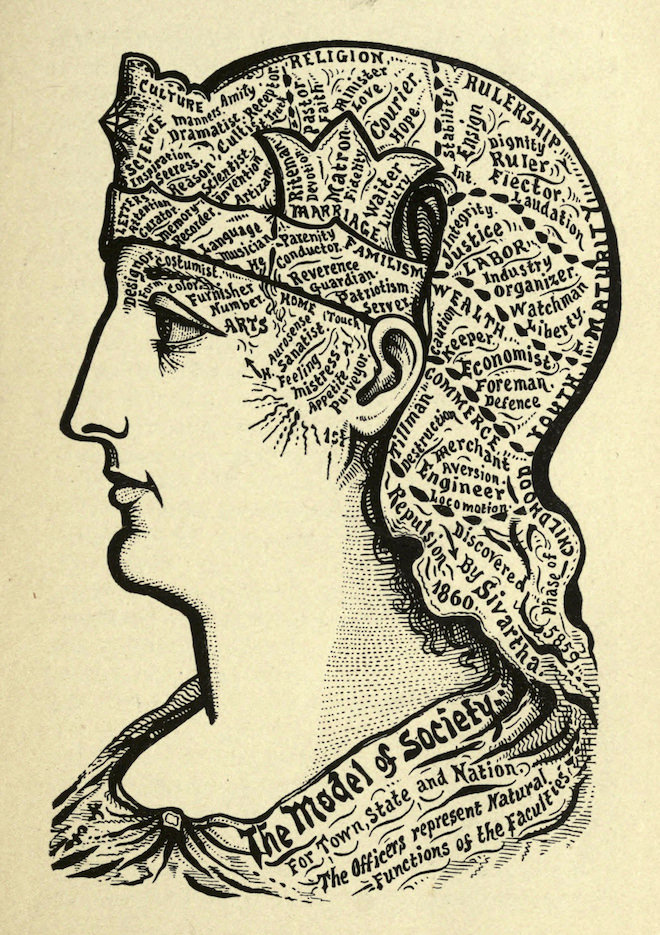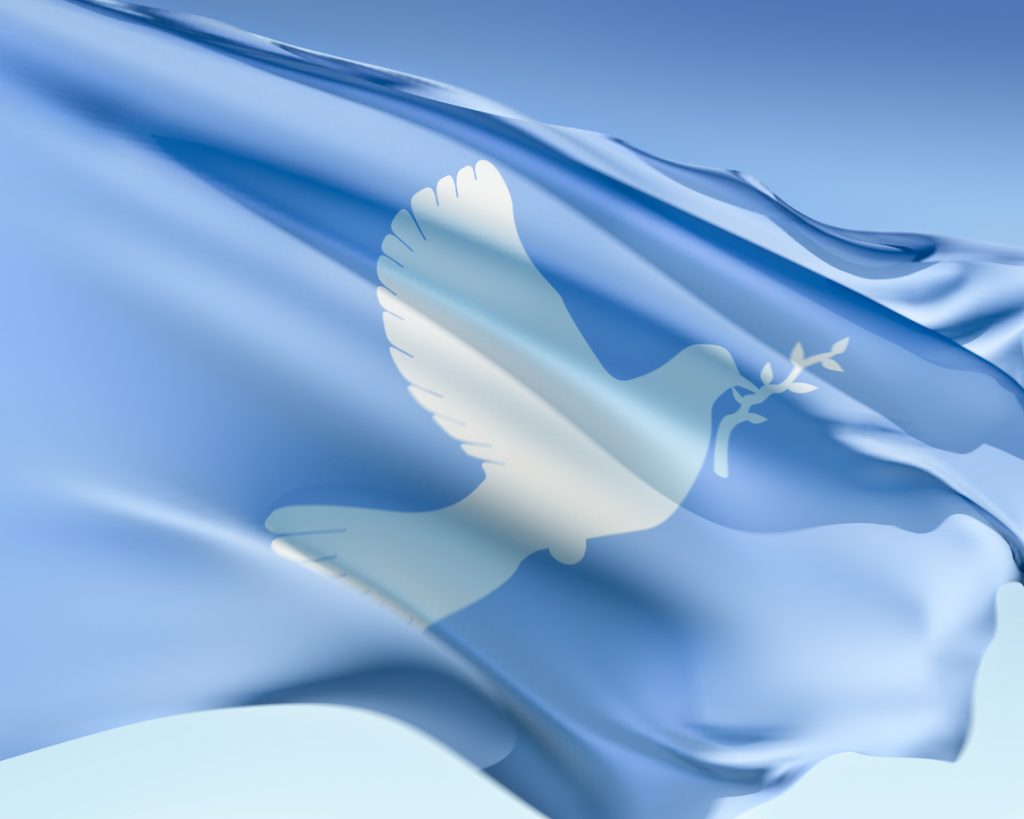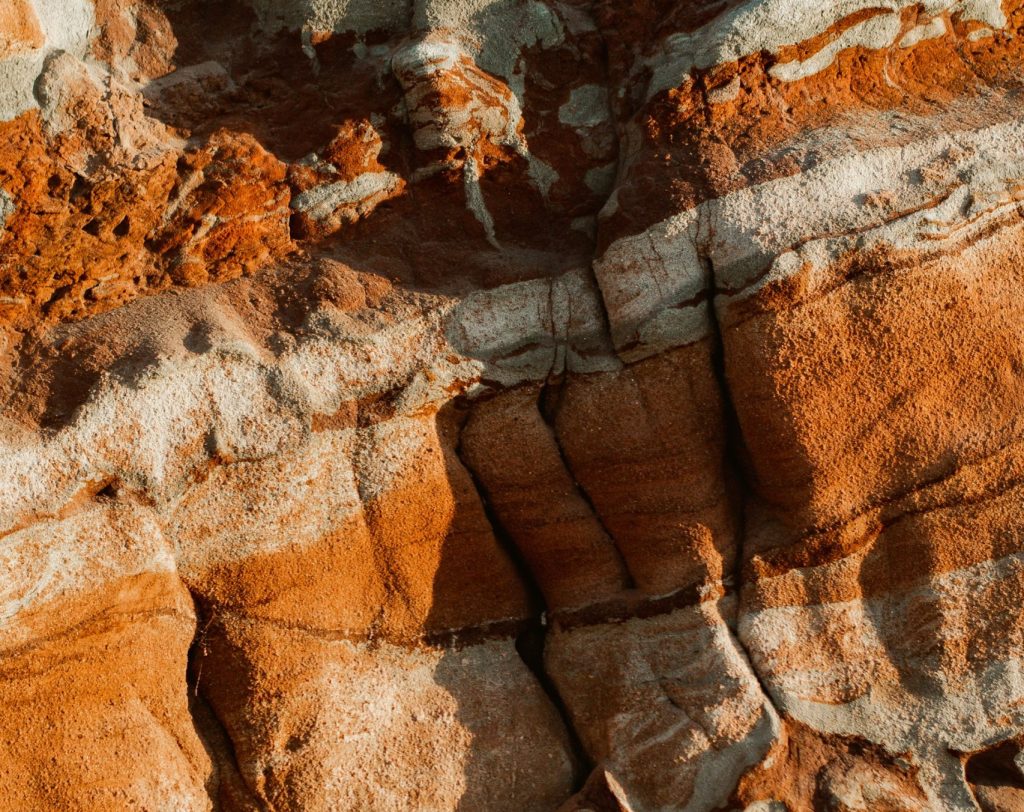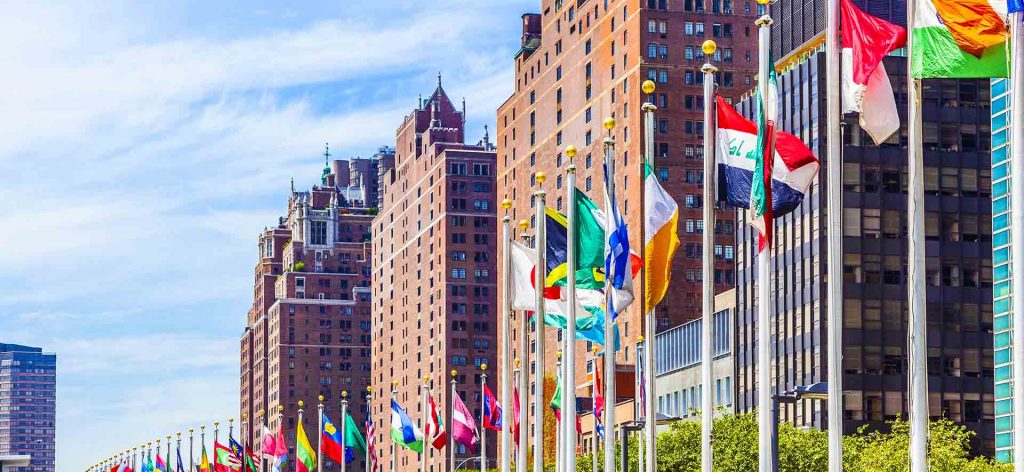The Bridge to Tomorrow is a Work-in-Progress
As a fellow journeyer passing ever-too-quickly along life’s road, I often ponder the social benefits of, and challenges to, our interconnection. Brain science and felt experience alike tell us we are hard-wired for relationships. Few heights can rival the sense of flow and belonging derived from being with, while few pits are more unbearable than feeling apart from.
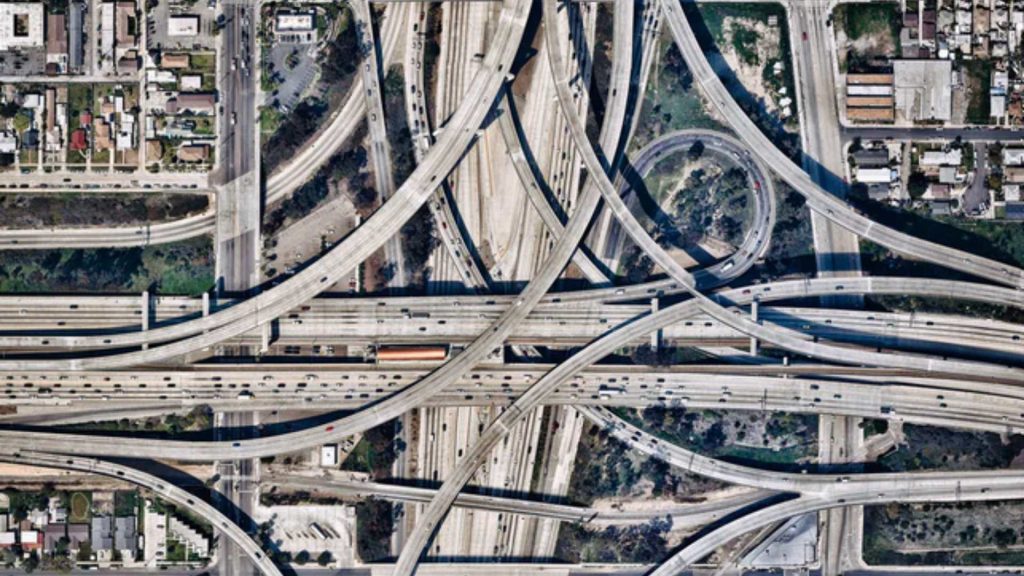 But, sometimes, like driving on congested highways that bottleneck at interchanges – at these complicated crossroads – I’d prefer my life mostly unraveled from everyone else’s. Work zones, especially bridge builds, are the worst. They make the most time-sensitive blister inside. Of course, if interpreted otherwise, they might also be paved with the most promising allegoric invitations to heal.
But, sometimes, like driving on congested highways that bottleneck at interchanges – at these complicated crossroads – I’d prefer my life mostly unraveled from everyone else’s. Work zones, especially bridge builds, are the worst. They make the most time-sensitive blister inside. Of course, if interpreted otherwise, they might also be paved with the most promising allegoric invitations to heal.
My wandering mind – caught in the paradox of boredom and attentiveness, humbled to a crawl in traffic, and without my cell phone as a lifeline – becomes a field journal brimming with observations. I witness our species powered by an inharmonious circuitry so adept at avoiding interruption.
As commerce slackens momentarily, I recall a phrase repeated by spiritual teacher, Bayo Akomolafe: “The times are urgent, let us slow down.” Bayo describes this deceleration, through myth and story, not as the superficial practice of self-care – not as a first-order change – but rather as systematic-sight from an altered plane. It strikes me as a summons to meet the world in crisis – and to discover the myriad potential futures waiting beyond – with a collective shift in consciousness. With a raised awareness supporting transformative passage away from business as usual. And, yes, to travel intentionally farther from a return to the pre-pandemic “normal” – i.e., the nostalgic denial that anything is amiss.
Companion to these provocative musings, I imagine people’s faces in the autos around me squishing up tight at the mere suggestion of delays, detours, and a journey other than the one they’ve come to expect. I notice my own jaw isn’t exactly relaxed. We’re all just trying to keep moving so as not to feel the uncomfortable unknowns.
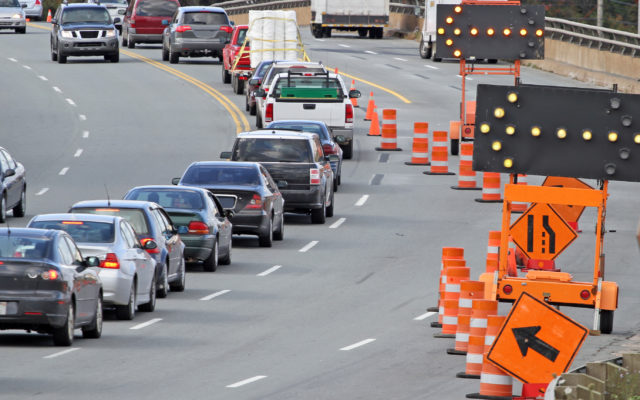
Mental notes and sketches capture surroundings: bright reflective cones, uneven lanes, gigantic mounds of dirt, and great metal pedestals waiting for their fossilization in concrete. I leave no details unnoticed. Strategically placed portable toilets and trucks crowded helter-skelter along ditches provide evidence that this is long-haul work.
I wonder, where will the bridge we’re on take us? I consider my young child in the backseat and contemplate the warming world that we’re giving her. Although a recycled metaphor, and perhaps overused persuasive imagery for always getting along with everybody, the bridge’s symbolic relevance applies to nearly every conversation regarding our current reality – ripe with fragmentation, polarization, and chasmic divides. The act of bridging represents an essential macro-practice toward integration and hope.
It’s not sufficient anymore to know about the benefits of connection. We must dynamically partake of this capacity to be together in a way that improves our individual health outcomes and – in more sophisticated forms – enables our communities to respond more constructively to adaptive challenges like COVID-19, climate disasters, and enduring systemic inequities.
We must wholeheartedly become invested in co-creating an infrastructure that supports exchange, that can bear a more promising future for all. This includes the personal labor of meditating bravely, navigating the “not knowing” associated with uncertain terrain ahead. It involves laying scaffolding over the present threshold, which – technological savior-crutch aside – will still require a great deal of human ingenuity and cooperation.
Only when we pay attention to what’s before us will we be compelled to pay attention to the quality of spaces between us.
From my vantage point as a leadership development consultant, a survey of the landscape reveals pockets of concerned citizens, employees, and students engaged in reconstruction. They recognize that slowing, disruption, and dismantlement are necessary elements in the sequence of transformation. They realize how our reactive and rigid, politicalized haggles about various content issues – in one-to-one relationships and society at large – frequently distract us from faulty designs in the homeostatic processes underpinning them all.
They also accept, grieve, and voice that an approach of exponential upward growth and consumption is unsustainable. So, they are beginning to envision life by another currency, consisting of systems less exploitative of the earth, other species, and marginalized groups for the profit of a select rich and powerful few. They are devising creative incentives to lifeways that abide in the spirit of reciprocity and help us to re-encounter the primary satisfactions of blessed community with nature, Mystery, and humanity.
Some old bridges must come down, and – in their place – new ones must be engineered. These everyday activists – in families, organizations, and communities – dare imagine common good aspirations we all might count-our-losses-as-gain for.
Civic engagement and leadership scholars propose that a more resilient social infrastructure hangs on the widespread development of adults who will assume a participatory role in bridge-building to the future.
They hope that a critical mass of individuals can become increasingly differentiated and visionary, with the capacity to lead change efforts and develop others. As thought-leaders like Robert Kegan and Adam Grant write of an evolving social mind, those at higher levels of development can hold more complexity, value challenge and dissonance, think flexibly and act experimentally, carry awareness of self-deceptions and biases, and maintain convictions without sacrificing the ability to listen and be curious.
But how to up-level thousands, let alone billions, of people? How to establish new frameworks for being together?
As the traffic begins to accelerate and I approach the end of the work zone, impossible queries stretch out before me. They appear as less-traveled paths leading deeper into strategic questions about the kinds of learning containers, modern cultural rites of passage, and shared processes that can be scaled to support the extensive growth of both individuals and communities.
I drive onward, thoughtfully, with a hopefulness that many of us will take risks to think, speak, and behave differently, at times for reasons others (and even ourselves) might not fully understand. It’s a hopefulness that we will embody slowness for the possibility of bridging over the unavoidable mess into something beautiful that otherwise would not have been.



